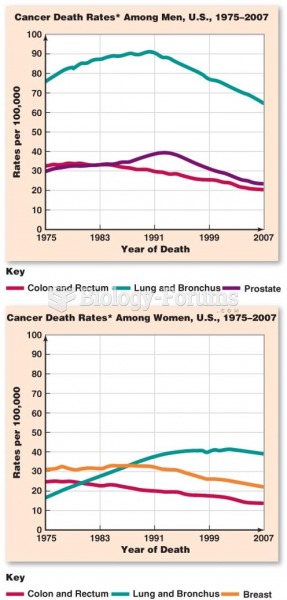Answer to Question 1
1
Rationale 1: Avoiding extreme temperatures of foods will help prevent further trauma and discomfort to the mouth.
Rationale 2: Most mouthwashes contain alcohol, which will make the problem worse.
Rationale 3: Megestrol (Megace ES) can be effective for appetite stimulation in cancer clients but will not help oral irritation.
Rationale 4: The client should inspect the mouth at least once daily.
Global Rationale: Avoiding extreme temperatures of foods will help prevent further trauma and discomfort to the mouth. Most mouthwashes contain alcohol, which will make the problem worse. Megestrol (Megace ES) can be effective for appetite stimulation in cancer clients but will not help oral irritation. The client should inspect the mouth at least once daily.
Answer to Question 2
1, 2, 3
Rationale 1:Generic names are preferred because chemical names are often complicated and difficult to remember.
Rationale 2:Generic names are preferred because the generic name can consistently be matched to the active ingredients.
Rationale 3:Generic names are preferred because there might be multiple trade names for a drug.
Rationale 4:The generic name is not always a shortened version of the chemical name. For example, the chemical name of diazepam is 7-chloro-1,3-dihydro-1-methyl-5-phenyl-2H-1,4-benzodiazepin-2-one.
Rationale 5: The chemical name of the drug will not change unless the composition of the drug changes.
Global Rationale: Generic names are preferred becausechemical names are often complicated and difficult to remember.Generic names are also preferred because the generic name can consistently be matched to the active ingredients. It is also correct that there might be multiple trade names for a drug. The generic name is not always a shortened version of the chemical name. For example, the chemical name of diazepam is 7-chloro-1, 3-dihydro-1-methyl-5-phenyl-2H-1,4-benzodiazepin-2-one. The chemical name of the drug will not change unless the composition of the drug changes.






